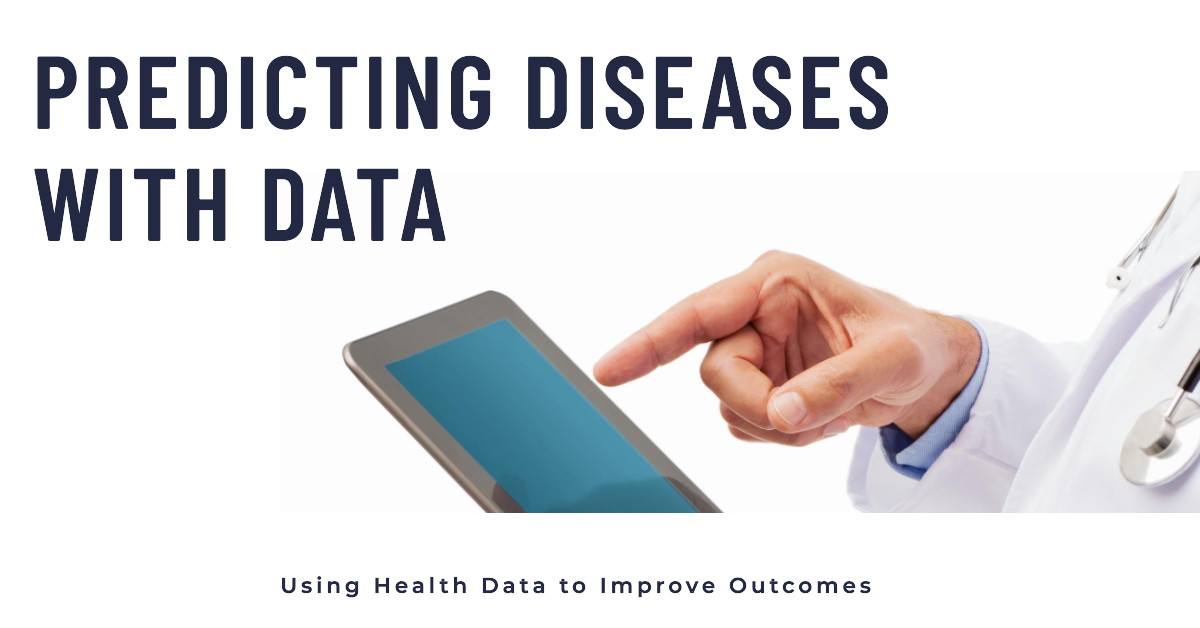In today’s rapidly advancing world, the intersection of technology and healthcare has paved the way for revolutionary changes. One such groundbreaking development is the prediction of diseases through the analysis of massive health data. This article delves into the intricacies of this innovative approach, exploring its applications, challenges, and the transformative impact on public health.

